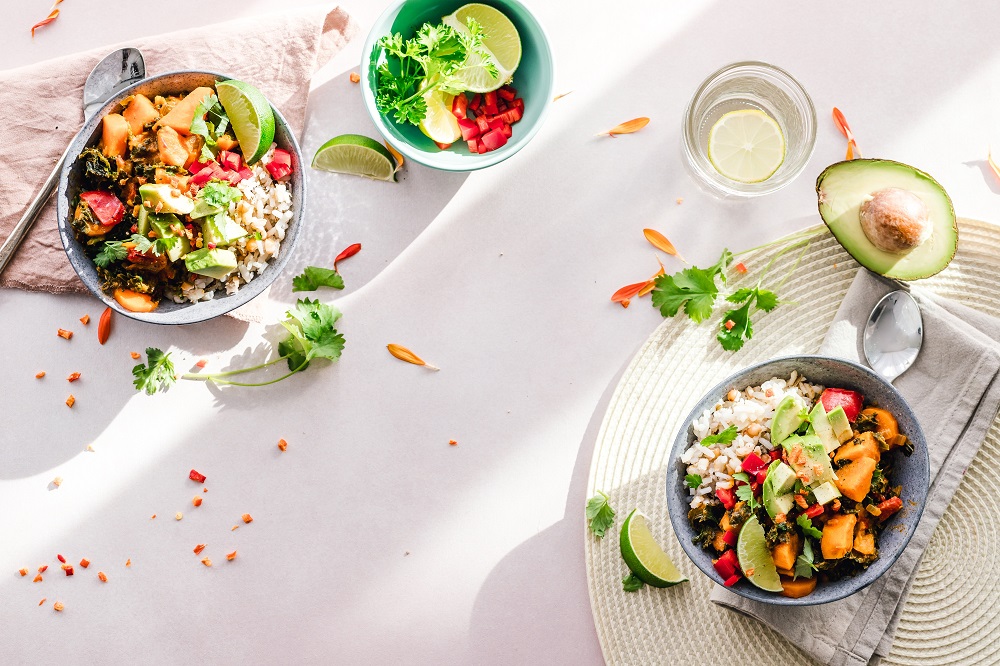
14 Feb Battle of The Diets: Keto vs. Paleo
When I was 10-years-old, my mother put me on my first diet. She held my hand as the nurse at SureSlim drew my blood, and she was right there with me when we returned to pick up my personalised nutrition plan from the dietician at the centre.
At the time, I felt immense shame. A child shouldn’t have to concern themself about being perceived as fat, thin or chubby. Kids should be left to play and worry about things like that when puberty hits – if even.
What I didn’t know was that diabetes was something most of the relatives on my father’s side of the family suffered from. High cholesterol and blood pressure too. My mother wasn’t getting me in shape so I could look better in clothes, she doing it because she was introducing me to a healthier lifestyle so that I could outlive a disease that affected a lot of my loved ones’ lives.
Diet culture has warped that pursuit of health and wellness. Many people will prioritise vanity over vitality, which is why fly-by-night fitness gurus churn out fad diets that last just as long as the promised results do.
I believe the Ketogenic and Paleo eating philosophies are different because, fundamentally, they aren’t ‘diets’ as we understand them to be but rather lifestyle changes.
The first thing you’ll have to accept about both Keto and Paleo is that your intake of junk food must reduce to 0. Your favourite soft drinks, chocolate bars, sweets and crisps go out with the pizza, wheat pasta, burgers, fries, muffins, doughnuts etc. You’ll be confronted by how much unhealthy food you consume. Empty calories that offer your body no nutrition; instead just raise your blood glucose (even the starch that isn’t burned through vigorous exercise will turn into sugar), clog your arteries and put pressure on your heart.
Next, you’ll replace those food items with whole foods.
For the two years I followed a plant-based diet, I was eating more food than I’d ever eaten when I was unhealthy but I never gained weight. Smashed avocado on toast for breakfast, a whole broccoli head with a cup of chickpeas would be my lunch, and I’d make a loaded salad for dinner. In between that I’d nosh on carrots and slices of cucumber. I was always full of energy because the food was nutrient-filled. I didn’t experience the postprandial somnolence most do when their digestive systems have to work overtime to breakdown processed food.
You’ll get to enjoy this all when you follow the Keto and Paleo eating plans.
If you’re asking yourself which of the two might be the best for you, the answer lies in your genotype and daily needs. Keto centres itself around the three macronutrients: carbohydrates, fat and protein. You stagger the amounts on your plate appropriately. The Paleo diet is an invariable free-for-all chosen from a curated list of foods.
Both diets are easy to adapt to in the long term. While you might experience the initial lethargy of switching from foods that give you high amounts of energy quickly – typically found in carb and sugar-heavy foods – you’ll begin to appreciate the steady energy-releasing foods with time. Don’t be dismayed by the list of no-go foods either. There is so much you can enjoy that you’ll rarely feel restricted. It just requires you to be more intentional about meal prep. Instead of reaching for a sandwich in the canteen at lunchtime, prep a corn chilli Con Carne the night before and replace the corn chips with dehydrated beetroot or roasted butternut slices. If you get a hankering for something sweet, a chocolate mousse made from avocado and raw cacao is allowed.
You won’t regret choosing to change your life through your food choices. Consult a dietician or your GP before making the switch to either Paleo or Keto. Other than that, happy eating!
Sources:
https://www.scripted.com/writing-samples/keto-vs-paleo-diets-what-s-the-difference
https://www.menshealth.com/nutrition/a22359961/paleo-vs-keto-diet/



No Comments